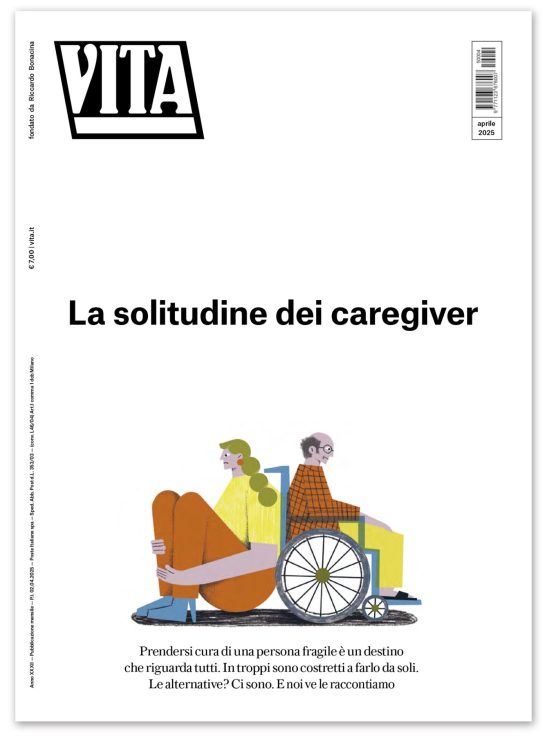What does corporate giving in the United States look like these days? Melissa Brown, associate director of research at the Center on Philanthropy at Indiana University, has spent eight years studying the trends. Crain’s Chicago Business magazine asked Ms. Brown what has changed.
Why do companies choose to be philanthropic?
The unifying theme is it has to be good for the business. Companies consciously think about having three focuses: strategic building of the company brand, local relationship building and building a community of employees.
How effective is this type of branding?
When you go to Target they have put on the pillars of the store, “We give back 5%” to education and the arts and organizations that strengthen families and communities. That’s building their brand. But no amount of giving will take a name that’s been smeared and turn it golden. It just looks too crass. You can’t use it as damage control.
How has corporate giving evolved over the years?
Until the ’50s, it was illegal for public companies to give to something that was outside of their direct business interest. Then a New Jersey Supreme Court case in 1953 opened the door for companies to invest in communitywide services. In the ’60s and ’70s, corporate philanthropy was run out of the CEO’s office and if the company started losing money, it was one of the first things to go. Then in the 1980s we started seeing this whole notion that it’s part of how your company identifies what it stands for. In the late 1990s, companies started seeing themselves as a community of employees and shareholders, and it was not just about the shareholder money. Giving is no longer a tangential activity.
Are there wrong ways for companies to give?
Yes: just sending the checks. It’s not focused. It doesn’t satisfy the shareholders because it’s not building brand or company value. It doesn’t satisfy the employees. It’s not addressing needs in the community.
What’s the benefit to organizations, beyond the checks, of having corporate donors?
It’s not just about the money. Sometimes they get access to an entire network of employees. The marketing impact for the non-profit can be very powerful through word of mouth of employees who have seen its programs and are excited about them. Sometimes it’s access to certain kinds of expertise. For example, Cisco Systems’ staff used their technical skills to create an inventory management system for an area food bank. A couple of companies had their creative departments work with charities to build a new logo and advertising taglines for them.
Have you seen a rise in the number of companies giving to environmental causes?
It seems to be happening more on the business side than on the philanthropy side. Companies are going green, they’re cutting emissions, they’re changing their flooring to green materials. When we look at corporate giving for the environment, it tends to be a really small percentage of corporate giving. Is it bigger than it used to be? Yes. It used to be zero.
Source:www.chicagobusiness.com
Nessuno ti regala niente, noi sì
Hai letto questo articolo liberamente, senza essere bloccato dopo le prime righe. Ti è piaciuto? L’hai trovato interessante e utile? Gli articoli online di VITA sono in larga parte accessibili gratuitamente. Ci teniamo sia così per sempre, perché l’informazione è un diritto di tutti. E possiamo farlo grazie al supporto di chi si abbona.

